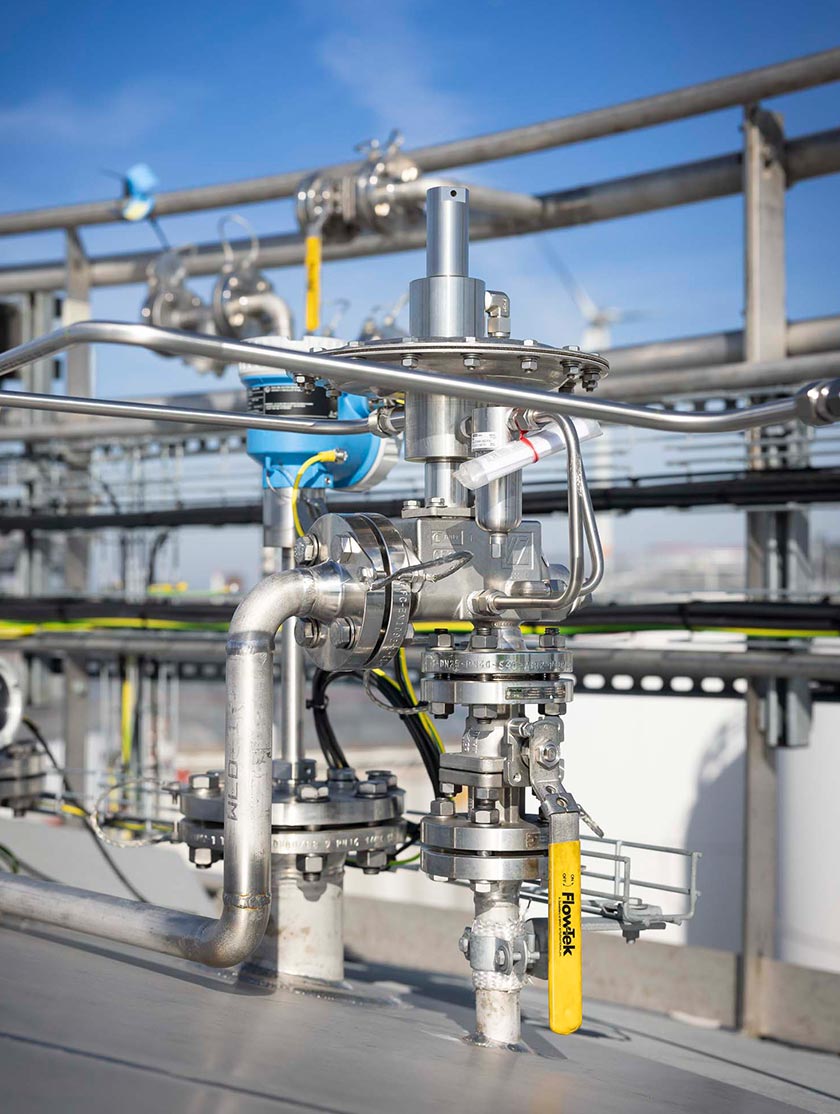Impacts of Incorrect Pressure Settings in Regulators Explained
Pressure regulators are critical components of many pneumatic and fluid management systems. They ensure that downstream pressure is maintained at the desired, lower level regardless of fluctuations in the upstream supply. This regulation protects equipment, ensures safety and optimizes system performance. However, incorrect pressure settings on pressure reducing regulators (also referred to as pressure regulators) can lead to a variety of negative consequences, from operational inefficiencies to safety hazards. Understanding these consequences is essential for engineers, technicians and operators working with pressure regulation systems.Equipment Damage and Reduced Service Life
One of the primary roles of a pressure reducing regulator is to protect downstream equipment by maintaining proper pressure levels. When a pressure reducing regulator is set incorrectly, either too high or too low, it can subject downstream components to pressures that exceed design specifications. Overpressure conditions can damage piping, valves, actuators and delicate equipment. On the other hand, insufficient pressure can cause mechanical devices to malfunction or fail, resulting in premature wear or failure.
Safety Risks
Incorrect pressure settings can create unsafe operating conditions. Excessively high downstream pressure increases the risk of pipe bursts, leaks, and catastrophic failures, putting personnel and property at risk. In systems that use gases such as oxygen or flammable gases, improper adjustment can exacerbate these risks, potentially resulting in fire or explosion hazards. Additionally, insufficient pressure can weaken safety devices that depend on a minimum pressure threshold to function properly.
Process Inefficiencies and Product Quality Issues
In industrial processes, consistent and accurate pressure control is critical to maintaining optimum performance and product quality. When a pressure reducing regulator is incorrectly set, process variables such as flow rate, temperature, and chemical reaction rates can be adversely affected.
- In pneumatic conveying systems, incorrect pressure can lead to inconsistent material flow, causing blockages or incomplete runs.
- In manufacturing using pressurized fluids, quality deviations can occur, resulting in increased scrap and reduced yield.
Increased Energy Consumption
Pressure reducing regulators help systems operate efficiently by minimizing excessive pressure. Incorrect pressure settings can lead to increased energy consumption, as compressors or pumps must work harder to maintain excessive pressure levels. This unnecessary energy consumption not only increases operating costs but also contributes to a greater environmental impact.
System Instability and Control Issues
Proper pressure regulation is critical to system stability. Incorrect settings can cause pressure oscillations or drops, resulting in unstable operation. This instability can complicate process control, requiring additional adjustments, maintenance, or even redesign. In control loops that involve pressure feedback, erratic pressure can compromise control accuracy and response.
Increased Maintenance and Downtime
When pressure reducing regulators are set incorrectly, the resulting stress on system components often results in more frequent maintenance requirements. Leaks, component fatigue, or complete failures require repair or replacement, which increases downtime and interrupts operations. Additionally, troubleshooting improper pressures can be time-consuming and costly.
Conclusion
Pressure reducing regulators are essential for maintaining desired pressure levels in a variety of industrial and commercial systems. Improper pressure settings on these regulators can cause equipment damage, safety hazards, product quality degradation, increased energy consumption, system instability, and increased maintenance costs. To mitigate these risks, it is essential to accurately determine, install, and regularly monitor pressure settings to ensure pressure reducing regulators are operating within operational requirements and safety standards. Proper training of personnel and the use of advanced monitoring tools can further improve the reliability and safety of pressure-controlled systems.
Need the Right Pressure Reducing Regulator? Get Expert Help Selecting the Ideal Regulator Engineered for Performance |
Cashco’s pressure reducing regulators are designed for precise pressure control across a wide range of industrial applications—delivering reliability, safety, and efficiency. For more information about Cashco's regulators, view all models here .
Cashco's priority is to make sure you select the right product for your application. Need help sizing your regulator? Complete our Regulator Sizing Form and our experienced team will gladly assist you in finding the ideal product!
Animated Guide: Pressure Reducing Regulator Function |
Discover the workings of a pressure reducing regulator in our animation video. Using the force-balance principle, this device reduces and maintains downstream pressure in a pipeline. Watch as we demonstrate how the regulator’s diaphragm and valve assembly create resistance to reduce upstream pressure. Learn how downstream flow demands impact the regulator, causing it to adjust and maintain a constant pressure.





